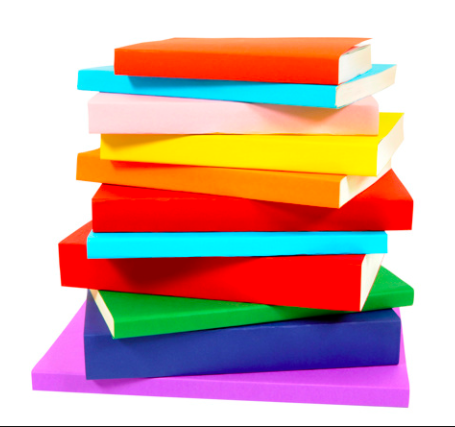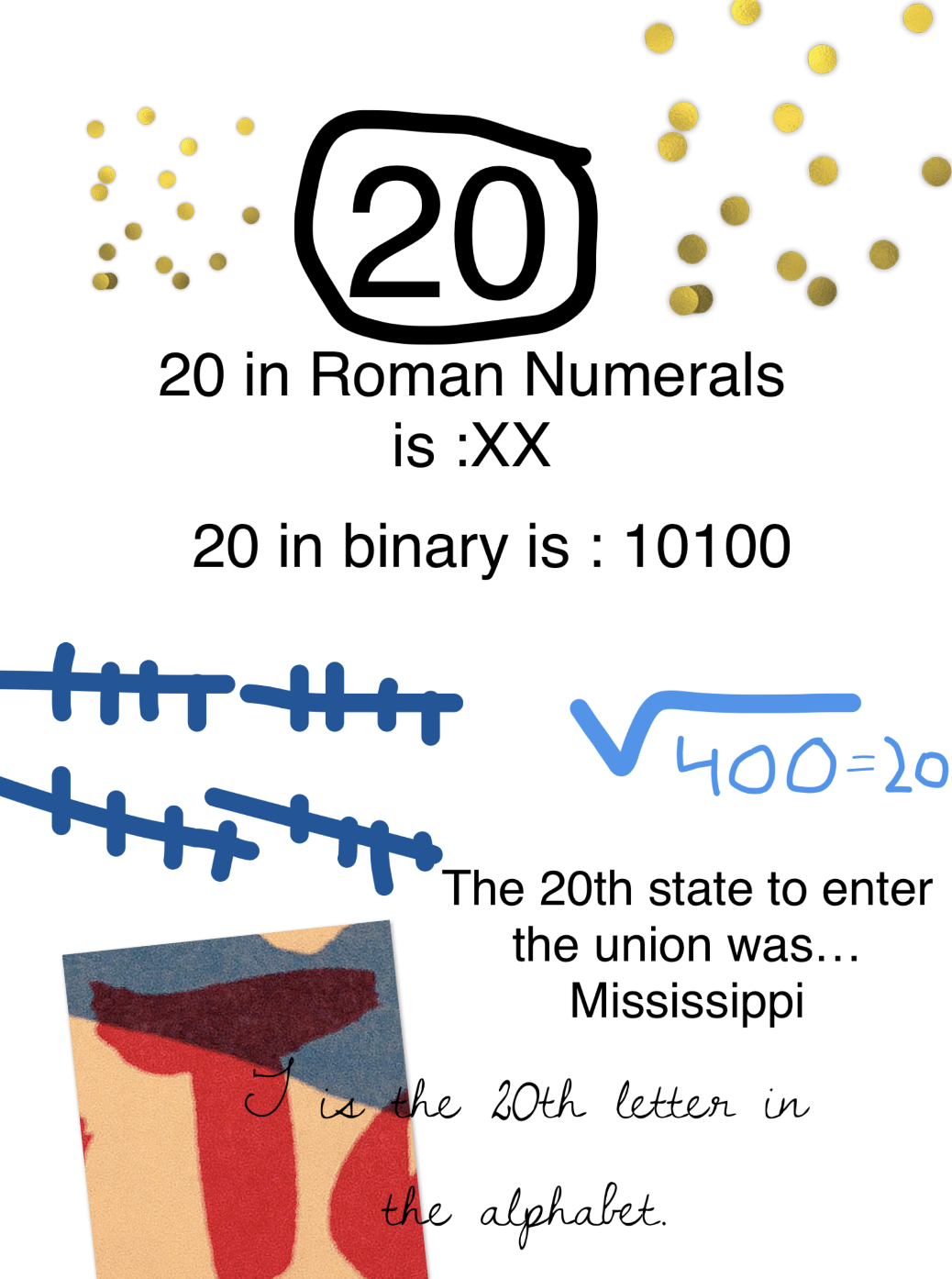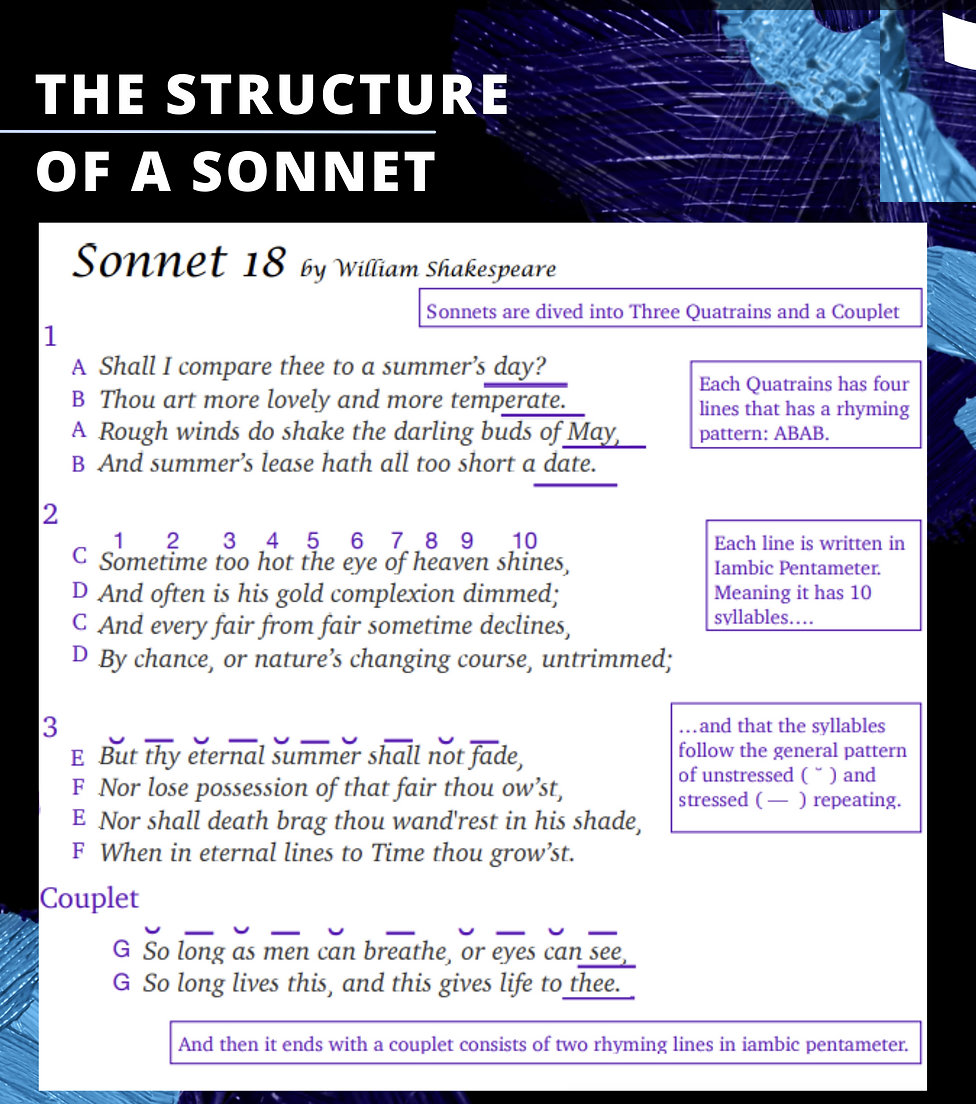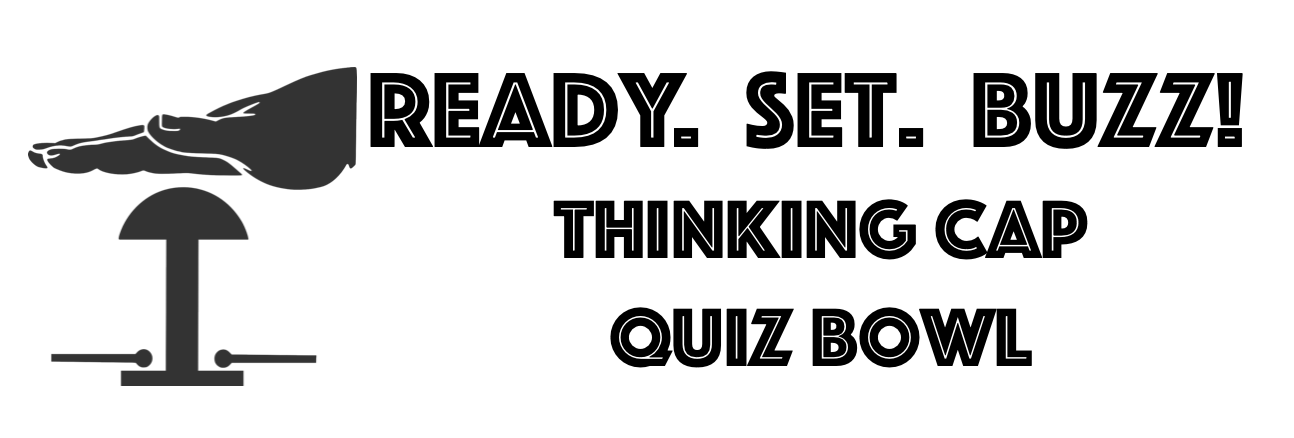Welcome to the 2022-23 School Year! EY at the middle school looks a little different than elementary.
You will not be pulled out of class regularly like you were in elementary. Instead, there will be various contests/learning opportunities offered throughout the year.
In addition, your WMS teachers work extremely hard to offer voice and choice in their individual classrooms and provide many opportunities for your to challenge yourself. Make sure to take advantage of those opportunities and continually seek out ways to take ownership of your learning.
The list below is not all-inclusive, but gives you a starting point for some of the opportunities available this year. Be sure to fill out the Google Form so Dr. Spady can contact you when these opportunities become available.
Battle of the Books: This contest is a mix of comprehension book knowledge along with project based activities specific to the books. Students are not required to read all ten books, but instead the reading can be spread out amongst the team members. Check out the list of books here: https://ey.westside66.org/2022-23-wms-battle-of-the-books/
United States Academic Pentathlon (USAD): Academic Pentathlon tests students in five different subject areas (math, literature, fine arts, science, and social sciences). Students can choose to compete in 1, 2, 3, 4 or all 5 subject areas. There will be review sessions prior to the competition and the regional competition will take place in February.
Quiz Bowl: Quiz Bowl will meet on a weekly basis after school on Mondays from 3:20-4:00. Additional after school times and Warrior Time may be added. Quiz Bowl members will have an opportunity to participate in various Quiz Bowl competitions throughout the year.
Cribbage and Chess Club (CCC): CCC will meet on a weekly basis after school on Tuesdays from 3:20-4:00.
MATHCOUNTS: MATHCOUNTS provides engaging math opportunities to students of all ability levels in order to build confidence and improve attitudes about math and problem solving. The WMS MATHCOUNTS Team will meet on a weekly basis after school on Tuesdays from 3:20-4:00. We may also occasionally meet during Warrior Time.
Writing Contests: Various writing contests pop up throughout the year and there are usually prizes involved. If you’re a writer and would like to be notified when a contest starts, mark it on the Google Form.
Spelling Bee: All WMS 7th and 8th graders will take a qualifying spelling test in their LA class sometime between Oct. 10-21. Approximately 50 WMS students will be invited to participate in the WMS Spelling Bee which will be Friday, Nov. 18. This will be an online test provided through Scripps. The top 2 WMS students will be invited to participate in the District Spelling on December 16.
Geography Bee: All WMS 7th and 8th graders will take a qualifying geography test in their Social Studies/History class in early January. Approximately 50 WMS students will be invited to participate in the WMS Geo Bee which towards the end of January/early February 2023. During the WMS Geo Bee, students will also have an opportunity to participate in a Science Bee and a History Bee.





 Paper airplanes are pieces of art. Watch this video showing a paper airplane that has flapping wings like a bat. After watching, try to make one of your own.
Paper airplanes are pieces of art. Watch this video showing a paper airplane that has flapping wings like a bat. After watching, try to make one of your own.


